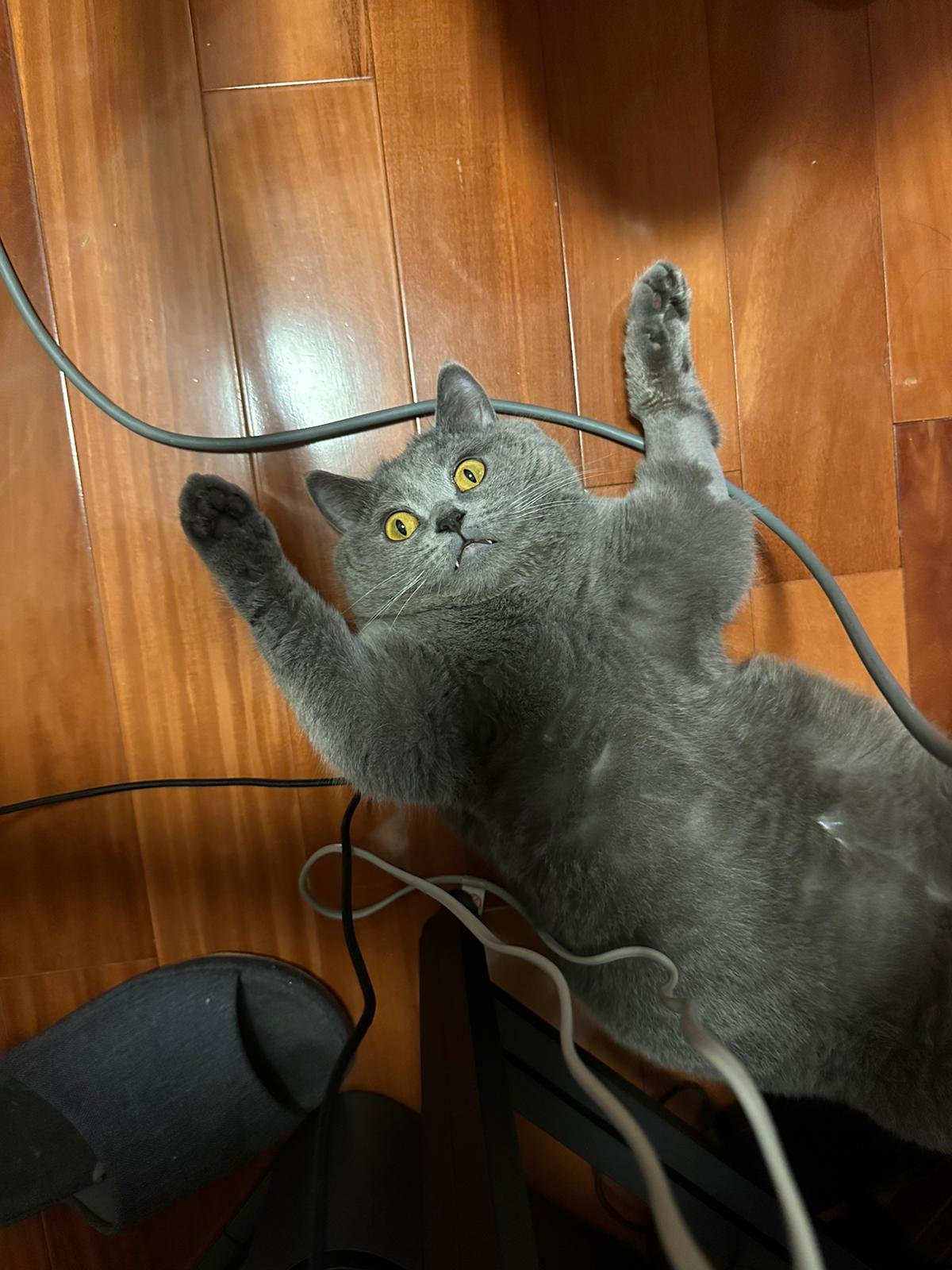Bliss FIP treatment

Our Success Stories
-

BiBi
-

XiaoBao
-

Berry





Early Stage: This stage involves the accumulation of fluid in body cavities, such as the abdomen or chest.
Late Stage: The disease progresses, leading to further fluid accumulation, weight loss, and fever.
Early Stage: Cats may exhibit a range of symptoms including fever, lethargy, and poor appetite without obvious fluid accumulation.
Late Stage: Organ damage becomes more apparent, leading to neurological symptoms, jaundice, and other severe complications.
Ocular FIP refers to a form of Feline Infectious Peritonitis (FIP) that primarily affects the eyes. This manifestation may lead to symptoms such as uveitis (inflammation of the inner pigmented structures of the eye), retinal detachment, and other ocular issues.
Neurological FIP, on the other hand, involves the central nervous system and can lead to a range of neurological symptoms, including but not limited to seizures, behavioral changes, and difficulties with coordination and movement.
